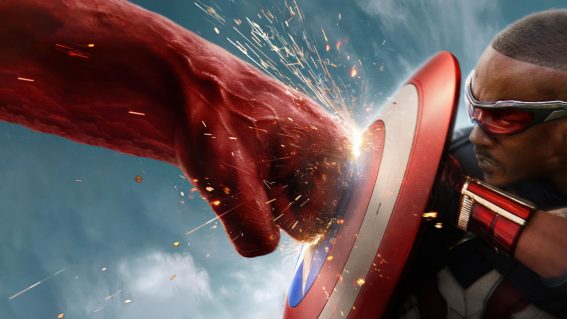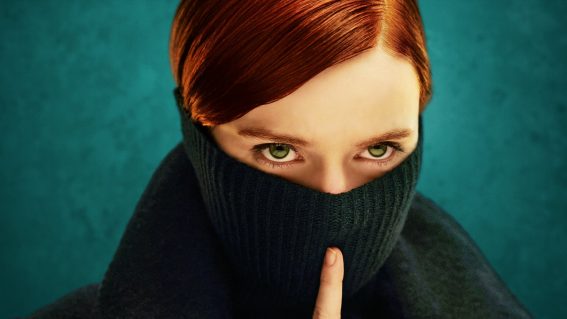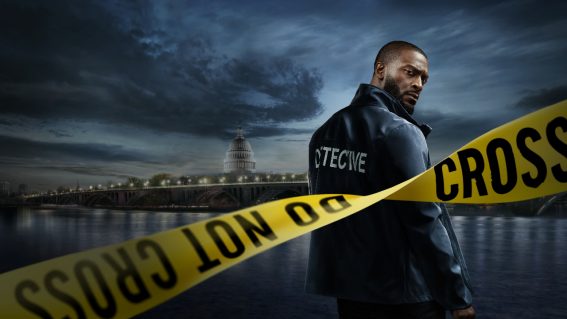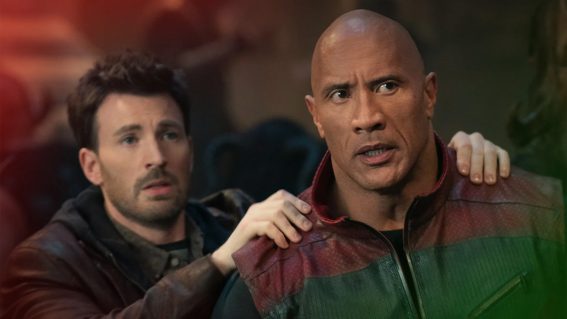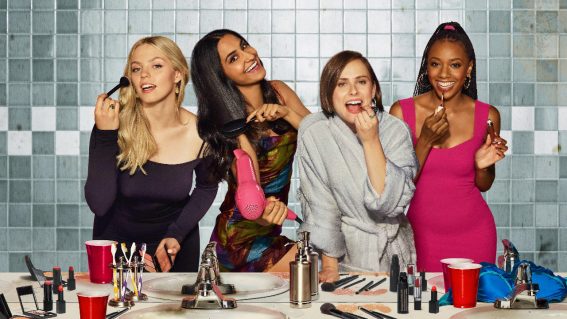Friday Five: Discriminatory Cliches

When it comes to issues around appearances, sex, race, orientation, etc, the world’s been a little more chilled out over the past few decades. We’ve evolved past the days of hanging folks by noose because of their non-whiteness or gathering around for “witch” burnings of any women who were smart enough to know what a parabola was.
Nevertheless, we’re still millions of acres away from living the liberal dream: zero discrimination. Hollywood’s no different; you may even say it’s behind the herd. But Hollywood doesn’t necessarily mean to discriminate; it’s just got a lot of growing up to do.
Here are five decent starting points:
1. A black man dating a white woman
Latest avoiders: Prom, Hancock
There’s a heavy reluctance to show a leading man of colour (black, Latino, Asian, Na’vi) being romantically involved with a white female lead. It’s an ideal whose origins that traces back further than we care to mention, but, suffice to say, people can still be thrown off by its portrayal in cinema. A basic rom-com suddenly changes into a statement on interracial coupling when a male hand clutches a female one (re: Hitch).
Will Smith’s often been in this debacle. In both Men in Black and I, Robot there’s a white female lead that Smith’s character has eyes for. However, in both cases, the couples’ relationships never exceed flirtatious innuendo (mainly for his end-o).
Strangely enough, when you flip the palette, its prominence increases. A white man dating a woman of colour doesn’t seem nearly as distracting (in general consensus) as the former does.
2. Women
Latest offenders: The Social Network, Avatar
There’s this fantastic little thing that popped up a number of years ago called The Bechdel Test (or The Mo Movie Measure). Essentially, in order to determine the active presence of female characters in film, this neat set of conditions was formulated. It goes like this:
1) Are there at least two women in the movie?
2) Do the two women have at least one conversation?
3) Do they talk about something other than men?
Answering “Yes” to all three showed an active presence of female characters in film. This is in NO WAY saying that every film that fails the test is sexist. However, as a collective, it’s surprising how dwindling female presence is in mainstream movies (hint: the original Star Wars trilogy and the entire Lord of the Rings saga fail the test).
3. The ridiculously ‘fabulous’ gay guy
Latest offenders: Mean Girls, Bruno
Contrary to popular Hollywoodian belief, not every homosexual male is a frock-wearing queen patrolling K’ Rd and not every homosexual female is a sweaty butch dude with a crew cut and life membership to roller derby.
It’s an assumption that’s starting to shake down a bit, but it’s still one that follows a heavy dichotomy in Hollywood film: you’re either super gay or super straight. There are no ‘casual’ gays in the movie world. The line’s being blurred though, so perhaps we’ll see a greater spectrum of the LBGT community being represented.
However, doing so would mean the death of ‘the gay shoe-shopping BFF’. Considering how this flamboyant stereotype drives people bonkers, many would be happy to stab ‘em with a stiletto heel.
4. “No fatties or ugos”
Latest offenders: In Time, Easy A
Only pretty people exist in movie world. And if that’s not the case, the ugly/fat guy is usually either the comic relief (Zach Galifianakis) or the bad guy (Mickey Rourke). If your attractiveness is somewhere in between Adonis and volcano-face, you’ll be lucky to be cast as an extra.
The only way you can escape those three realms is by being one hell of an actor (Paul Giamatti, Phillip Seymour Hoffman). But even then, you’ll eventually wind up in a villain role (Shoot ‘em Up, Mission: Impossible 3).
5. Humanity
Latest offenders: Rise of the Planet of the Apes, District 9
Despite however you may feel on the previous four issues, one theme of discrimination remains prevalent in Hollywood: the human race sucks. Avatar, District 9, Planet of the Apes, The Day the Earth Stood Still, there are so many examples. Bottom line: the majority of humans are terrible, terrible beings, undeserving of life.
On many instances, we’re even told to root for human failure, to go against the “primitive species.” Often you’ll get the outliers, the few humans who aren’t complete monsters. Nevertheless, the few cannot redeem the entire population and the majority are worthless scum (so we are told).
No matter how far we evolve as a culture, no matter how much global diversity we achieve, we always revisit sci-fi rule no. 1: if you’re a human, you’re a jerk.




